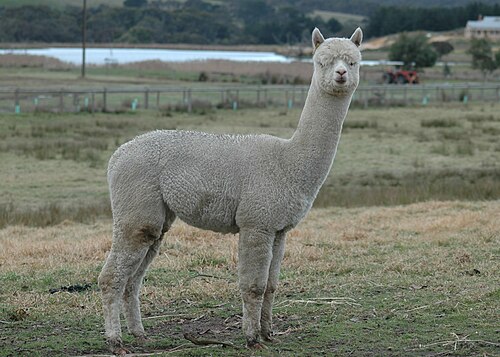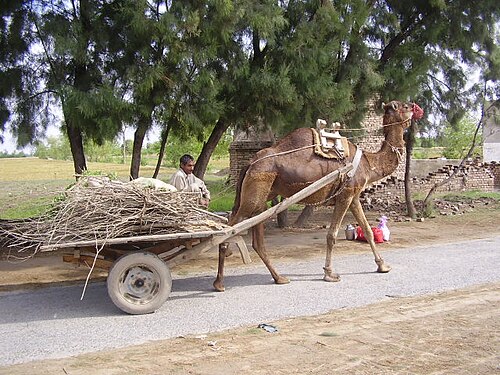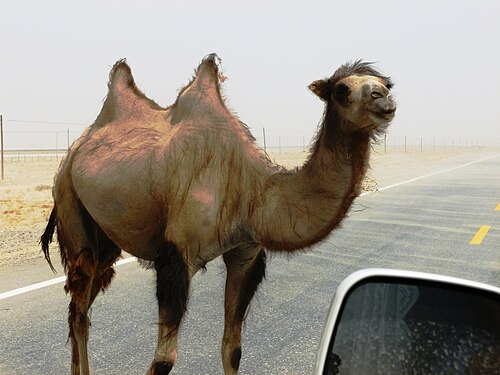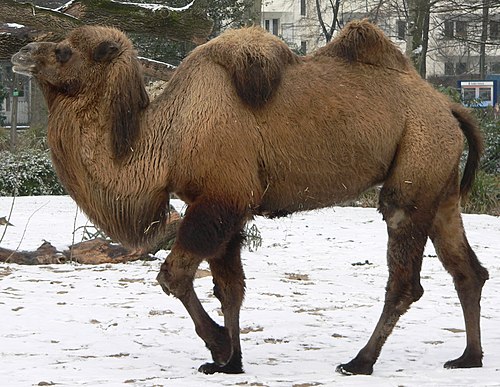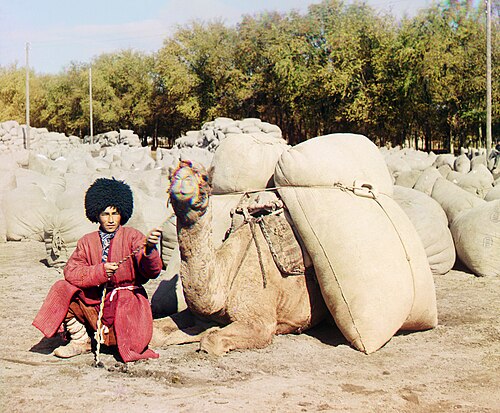Alpacanoun
A sheep-like animal of the Andes, Vicugna pacos, in the camel family, closely related to the llama, guanaco, and vicuña.
Alpacanoun
(uncountable) Wool from the alpaca.
Alpacanoun
An animal of Peru (Lama paco), having long, fine, wooly hair, supposed by some to be a domesticated variety of the llama.
Alpacanoun
Wool of the alpaca.
Alpacanoun
A thin kind of cloth made of the wooly hair of the alpaca, often mixed with silk or with cotton.
Alpacanoun
wool of the alpaca
Alpacanoun
a thin glossy fabric made of the wool of the alpaca, or a rayon or cotton imitation
Alpacanoun
domesticated llama with long silky fleece; believed to be a domesticated variety of the guanaco
Alpacanoun
a long-haired domesticated South American mammal related to the llama, valued for its wool.
Alpacanoun
the wool of the alpaca
Alpacanoun
fabric made from alpaca wool
Alpaca
The alpaca (Vicugna pacos) is a species of South American camelid mammal. It is similar to, and often confused with, the llama.
Cameladjective
Of a light brown color like that of a camel.
Camelnoun
A large ruminant used in Asia and Africa for carrying burdens and for riding. The camel is remarkable for its ability to go a long time without drinking. Its hoofs are small, and situated at the extremities of the toes, and the weight of the animal rests on the callous. The dromedary (Camelus dromedarius) has one bunch on the back, while the Bactrian camel (Camelus Bactrianus) has two. The llama, alpaca, and vicuña, of South America, belong to a related genus (Auchenia).
Camelnoun
A water-tight structure (as a large box or boxes) used to assist a vessel in passing over a shoal or bar or in navigating shallow water. By admitting water, the camel or camels may be sunk and attached beneath or at the sides of a vessel, and when the water is pumped out the vessel is lifted.
Camelnoun
cud-chewing mammal used as a draft or saddle animal in desert regions
Camel
A camel is an even-toed ungulate in the genus Camelus that bears distinctive fatty deposits known as on its back. Camels have long been domesticated and, as livestock, they provide food (milk and meat) and textiles (fiber and felt from hair).









